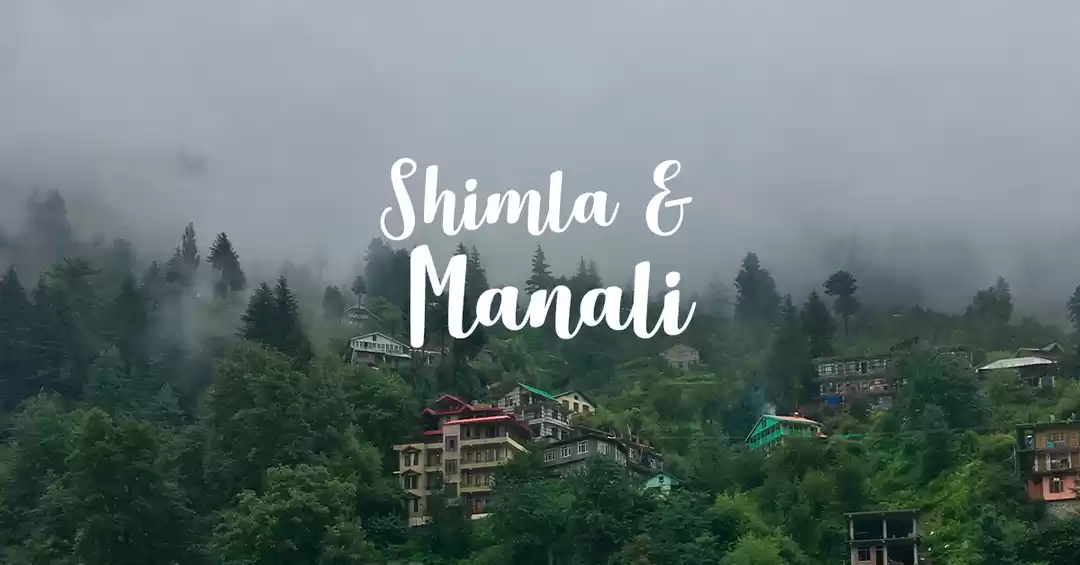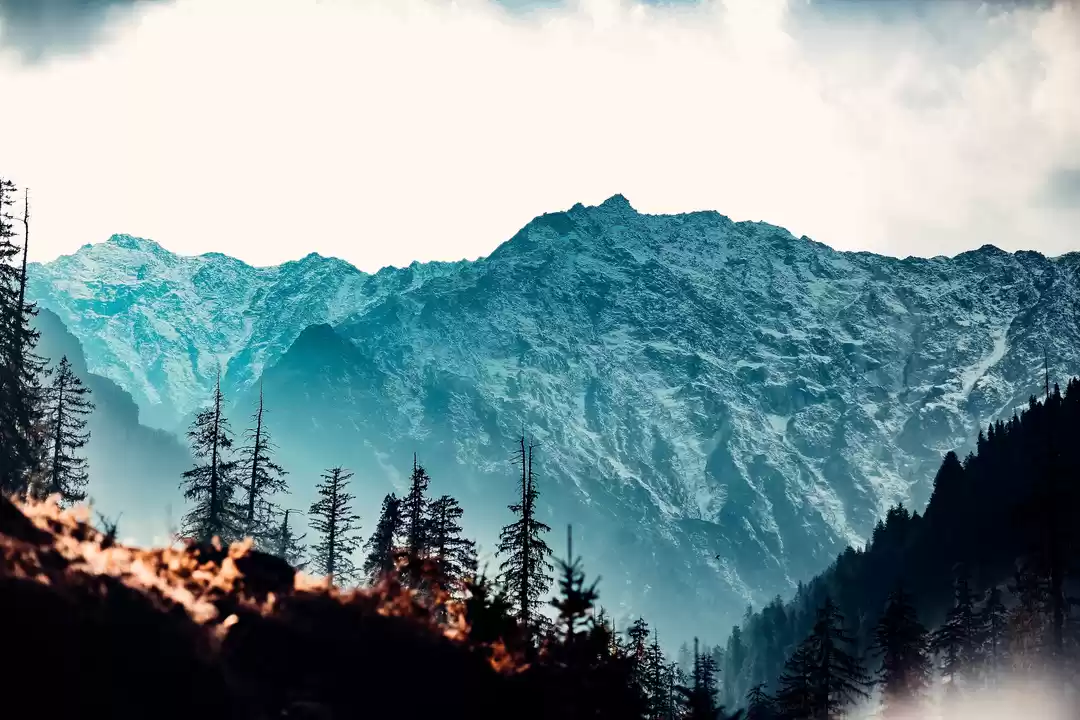











THE OLD HINDUSTAN TIBET ROAD - not a classic - class apart ...
This one conjures up images of a rich past, a valley flanked by the Trans Himalayas and The Kinner Kailash range, a road along the river Sutlej, flowing in from Mansarovar Lake in Tibet in gusto through the narrow gorge. The people are as rugged as the land,... and Buddhism prevails alongside Hinduism, a place dotted with Monasteries and Temples. This is not the Manali - Leh classic
... This is the road journey tracing the route taken by the River Sutlej, flowing in from Tibet. And it is the fastest flowing river in India. Approximately 350 kms starting from Shimla - The road has been the mainstay of trade and commuting in the valley since known history. The first travelers known to have traversed the region were Gerard Butler, Jacquemont and Hutton (very famous explorers of the Nineteenth century).The first official records were bought in by a commission led by One Thomson in 1847.The more famous travelers would include 'KIM' from Rudyard Kipling's book of the same name and 'AUFSCHNAITER & TREIPEL' from Heinrich Harrer's Seven Years in Tibet, when they used this trade route to escape from Tibet.
Dalhousie, once a Governor General in the pre independence era, in the middle of the nineteenth century who ordered work to begin on the Hindustan Tibet Road in June 1850. Various reasons are cited for the building of the road that connected Kalka and Shimla to the Tibetan border. The system of begari prevalent in the hills, where unpaid labourers were pressed into service – including for the transport of timber and files to Shimla – is said to have upset the Governor General so deeply that he wanted to improve the road these men trudged. Lord Dalhousie also wanted to create trade ties with Tibet and this is felt to be the real reason for initiating the road and for his own trip to Kalpa in Kinnaur. The immense machinery at the disposal of the East India Company was pressed into service and halfway down the nineteenth century, work on what was then styled as the Great Hindustan Tibet Road began under the charge of the Commander-in-chief Sir Charles Napier. Beyond Shimla, to the Shipki pass on the border, the route took 228 miles. While the Dalhousie road brought the route into focus, the area had long been on one of the peripheral trade circuits of the legendary Silk Route. The path that passed the tract carried goods like musk, borax, wool, livestock, dry fruits, precious and semiprecious stones to and from Tibet, Kashmir, Ladakh and Yarkand. Maintaining a vibrant tradition, Rampur’s Lavi fair dates back to the trade agreements between Tibet and the former state of Bushair. And part from the goods that plied on the path it was the myriad cultural and historical influences that established the true worth of the Road.His official sojourns to the place, bought about the extension of the bridle path which over time found its way towards 'Shipki La' - The pass which the protagonists in 'Seven years in Tibet' crossed to get into India. The development of this bridle path as the main commuting route led to the development of rest houses along the way, and no wonder their existence today is seeped in History, with the old visitor books showing names of famous visitors like Marco Pallis or Giuseppe Tucci.
To quote 'Deepak Sanan' & 'Dhanu Swadi' from their book 'Exploring Kinnaur and Spiti in the Trans Himalaya' -"The romance of the old HT road lies not only in the excitement of retracing a legendary route trod by many adventurous feet but also in the fact that it chronicles in its passage a remarkable transition in climate, vegetation, terrain, people and culture. From the monsoon fed greenery of the foothills, through the snow clad peaks of the main Himalayan ranges, to the barren aridity bordering Tibet, the people and their lifestyle change as vividly as the landscape "In its early days, the OLD HT road was a broad bridle path. While most travelers wrote accounts of their journeys from Shimla onwards, it is believed and should hold true that the Road actually starts from Kalka, which means its a total journey of about 450 kms to Shipki La from Kalka. In the olden days horses were used to transport the people and luggage to Shimla, when there was no Railway and The now wonderful Kalka-Shimla highway. It started from Kalka, found its way into Kasauli and Gambhar Pul (where a bridge still stands as testimony to its glorious past) and past small villages of Subathu, Kunihar reached Shimla. From here it wound its way through Narkanda, climbed towards Baghi and followed the ridgeline through Khadrala and Sungri to reach modern day Taklech from where it descended to Rampur (Bushahar), however there were two bridle paths which were built one going over the Daranghati pass over to Mashnu and then reaching Sarahan, home to The Goddess Bhimakali. Sarahan onwards it kept on the higher ridge, with the Sutlej far below and wound its way through Chaura, Taranda, Ponda, Nichar, Tapri, Urni and finally Kalpa. (The stretch from Sarahan to Nichar of the OLD HT is Now a wonderful trekking route where one stays at the century old rest Houses). At Nichar, THESE days one descends to main highway (NH22), only to climb towards Urni after Tapri (this all ismotorable now). From Urni we wind our way flanked by the grand view of the Kinner Kailash Massif, towards Kalpa. After Kalpa, it again ascends towards Pangi village and then descends towards Aren and further to Jangi. From Jangi the famous Kanum monastery is 16kms as we continue further up on the road towards Pooh. From Pooh the road descends again to meet the Sutlej at Dubling and then we start the ascent towards Namgia village 15 kms, the last village bordering Tibet before Shipki La. This is the route of the OLD HT road.
To explore this legendary route, in these days, we can start the journey and complete it in 6 days. The more adventurous can plan a complete motorcycle or a mountain biking tour starting from Kalka. For trekkers there is the option of Sarahan to Kalpa route, and even more. One can extend the trip and also visit The Spiti Valley (like Harrer did in seven years in Tibet), and cross over to Manali via the Kunzum La.




































